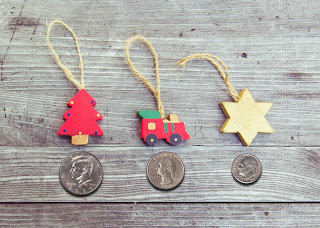You want kids to appreciate the value of a dollar.
You want kids to be aware of how much things cost.
You want kids to share some financial skin in the game to encourage frugal behavior.
But kids can’t afford to pick up the full tab for everything.
The following transaction from our family finance site hints at a clever yet affordable solution to the dilemma:
10/22/2016 iPhone 7 sales tax -$72.97
Brilliant. Make your kids pick up just the sales tax instead.
In most states, the combined state and local sales tax is enough to make your kid take notice. If it isn’t enough in your state, you can always levy your own family sales tax and toss the proceeds into your family swear jar.
Making your kid pick up the sales tax for everything might be a bit over the top. Consider focusing on certain categories of spending instead. Sporting goods, clothing, toys, music equipment are some good examples.
Lots of kids don’t have a clue about how much things cost or that sales tax even exists. Sticking your kids with the tax bill on purchases is a clever and affordable way to make your kids mindful of both.
Like this tip? Get the next one in your inbox by subscribing here.
Want to turn these tips into action? Check out FamZoo.com.




























